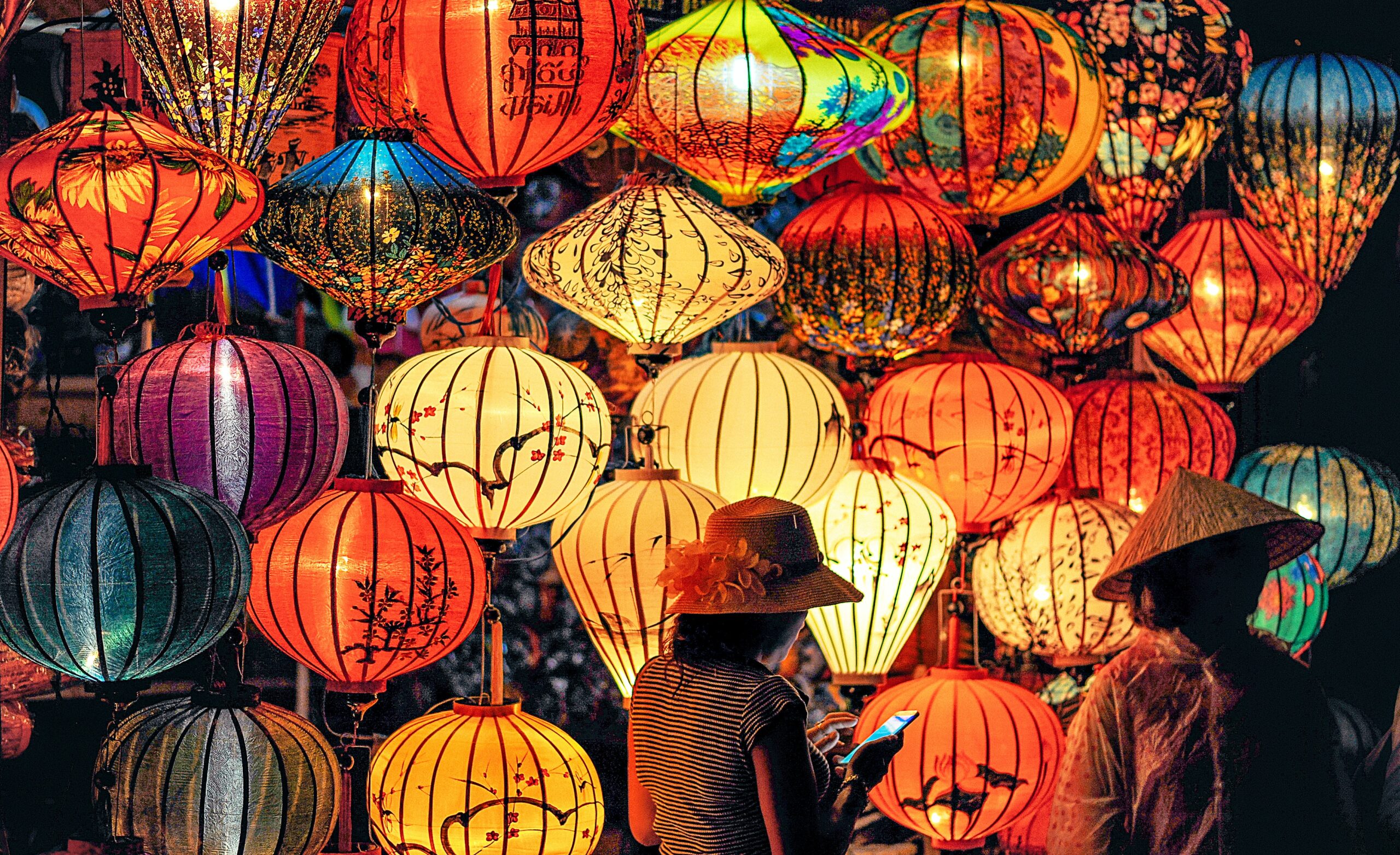Festivals have always been more than mere celebrations—they are expressions of identity, memory, and cultural storytelling. From ancient seasonal rituals to today’s globally streamed spectacles, festivals reveal how humanity marks time, shares meaning, and honors heritage. But as the world evolves, so too do these traditions. In the face of globalization, digitalization, and shifting social …
The Evolution of Festivals: Celebrating Heritage in a Changing World

Festivals have always been more than mere celebrations—they are expressions of identity, memory, and cultural storytelling. From ancient seasonal rituals to today’s globally streamed spectacles, festivals reveal how humanity marks time, shares meaning, and honors heritage. But as the world evolves, so too do these traditions. In the face of globalization, digitalization, and shifting social values, festivals are adapting—sometimes beautifully, sometimes controversially—while striving to hold on to the soul of their origins.
A Glimpse into the Past: Where Festivals Began
Historically, festivals were deeply interwoven with the rhythms of the earth and the beliefs of a people. They signified important natural or spiritual events—harvests, solstices, religious holidays, or rites of passage.
For instance:
- Agricultural festivals were aligned with planting and harvesting seasons, often involving prayers, offerings, and communal feasts.
- Religious celebrations marked births, victories, or sacred revelations—strengthening moral values and community unity.
- Cultural festivals provided space for artistic expression, music, dance, and oral storytelling—carrying knowledge across generations.
These events were community-driven and reflected a worldview that valued harmony between humans, nature, and the divine. They weren’t spectacles for outsiders—they were the heartbeat of communal life.
Globalization and Cultural Exchange
As societies became more interconnected through trade, migration, media, and tourism, festivals expanded beyond their geographic and cultural roots. This opened up important opportunities:
- Cultural preservation through global exposure: Festivals like Diwali, Chinese New Year, or Día de los Muertos gained international visibility, allowing diasporas to celebrate far from home while introducing others to their traditions.
- Economic support: Cultural tourism began to thrive around iconic celebrations such as Brazil’s Carnival or Spain’s La Tomatina, helping to sustain local crafts, food, and performances.
However, there’s a flip side. With globalization came concerns over commercialization and cultural appropriation. When sacred rituals are altered for entertainment or stripped of meaning to appeal to wider audiences, the risk of cultural erosion increases.
From Sacred to Spectacle: The Cost of Popularity
While festivals can evolve organically, many have been reshaped under the influence of mass tourism, branding, and social media. In some cases, the depth of tradition gives way to surface-level aesthetics. Consider the following challenges:
- Cultural appropriation: Traditional symbols or practices used without understanding or respect.
- Loss of authenticity: Original communities may no longer recognize or feel ownership of their transformed traditions.
- Environmental degradation: Large festivals, especially music and art events, can leave a significant ecological footprint.
It becomes essential, then, to strike a balance between innovation and integrity.
The Digital Shift: Adapting in a Connected World
The digital age, accelerated by the global pandemic, pushed festivals into virtual formats. While some feared the loss of communal atmosphere, others saw an opportunity for reinvention.
- Livestreamed rituals and performances allowed people around the world to engage in celebrations from home.
- Virtual festivals emerged, integrating video, VR, and interactive media to simulate presence.
- Online communities formed around shared traditions, enabling new forms of connection and storytelling.
Though technology cannot replicate the tactile and emotional essence of in-person celebrations, it has expanded accessibility and preserved traditions during difficult times.
Innovation within Tradition: A New Cultural Language
Festivals today reflect a dynamic fusion of past and present. Many organizers and artists are blending tradition with modern expression, using contemporary music, fashion, digital art, and performance to reinterpret ancient customs.
Examples include:
- Japan’s Nebuta Matsuri, which now incorporates LED-lit floats and digital design while staying true to its roots.
- Afro-futurist expressions in African-American festivals, combining ancestral heritage with futuristic themes.
- Indigenous festivals that are reclaiming language and land narratives while using social media to amplify their message.
This kind of cultural innovation ensures that traditions stay alive by speaking the language of each generation.
Festivals as a Form of Resistance
Some of the most powerful festivals today are not just celebrations—they are acts of resistance and assertion of identity. They challenge dominant narratives and revive histories that were marginalized or suppressed.
- Carnival in the Caribbean began as a subversive response to colonial oppression, turning the streets into a stage for freedom.
- Pride festivals, rooted in protest, now celebrate LGBTQ+ visibility and rights while continuing to push for inclusivity.
- Indigenous gatherings, such as Australia’s Garma Festival or Canada’s Pow Wows, highlight ongoing cultural survival and resistance to assimilation.
These festivals remind us that celebration can be both joyful and political.
The Road Ahead: Where Festivals Are Going
As we look toward the future, several trends are likely to shape how festivals evolve:
- Sustainability will become a priority. Organizers and participants alike are becoming more conscious of waste, energy use, and environmental impact.
- Diversity and inclusion will take center stage, encouraging broader representation across race, gender, and ability.
- Digital integration will deepen, with tools like augmented reality enhancing storytelling and experience.
- Community focus will return. Even large-scale festivals are seeking ways to reconnect with local cultures and give back to the regions that host them.
Festivals are not relics of the past—they are blueprints for the future. They show us how we can adapt while honoring our roots, how we can gather meaningfully in a fast-moving world.
Final Reflections
In essence, festivals are mirrors of society. They reflect who we are, where we’ve come from, and what we value most. As we navigate cultural change, environmental challenges, and digital transformation, festivals offer a space to pause, remember, and reimagine.
Their evolution is not a loss, but a living testament to the enduring need for connection, identity, and celebration. In every chant, drumbeat, costume, and firework lies a thread of heritage woven into the fabric of now—and as long as people come together to share joy, pain, memory, and hope, festivals will continue to thrive in every corner of our changing world.




